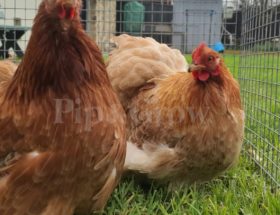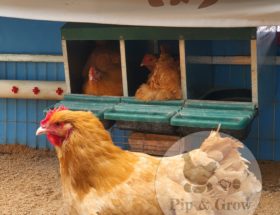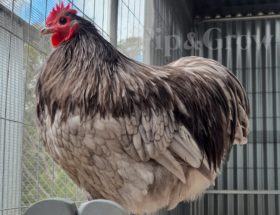Commercial breed chickens and heritage breed chickens exhibit significant differences across various aspects, reflecting their distinct breeding histories, characteristics, and purposes.
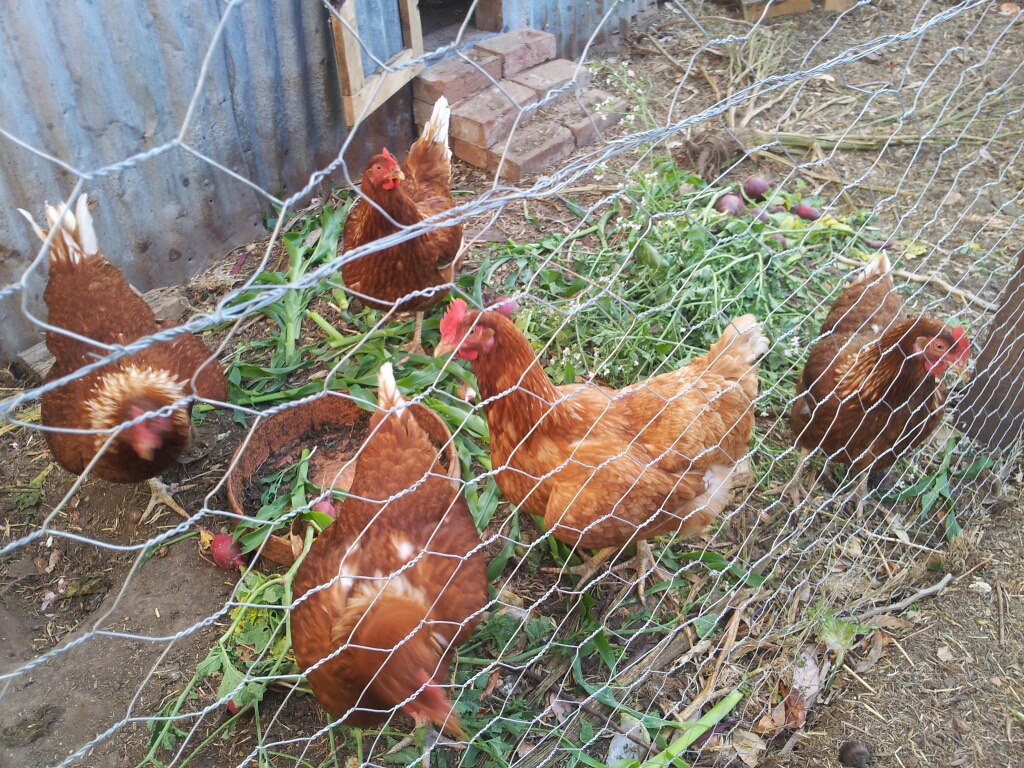
Commercial breed chickens are meticulously bred and selected to meet the demands of modern commercial poultry production. These birds are primarily focused on achieving high levels of egg production (e.g. ISA Brown, Hyline), rapid growth for meat (Cobb500 Broiler), and uniformity in size and appearance to optimize efficiency in industrial farming systems. They are the result of intensive selective breeding programs aimed at maximizing specific traits such as maximum productivity, with traits optimized for high egg production or rapid growth for meat. They often outperform heritage breeds in terms of egg production or meat yield within short period of time, however resulting in birds with a limited gene pool and uniform characteristics.
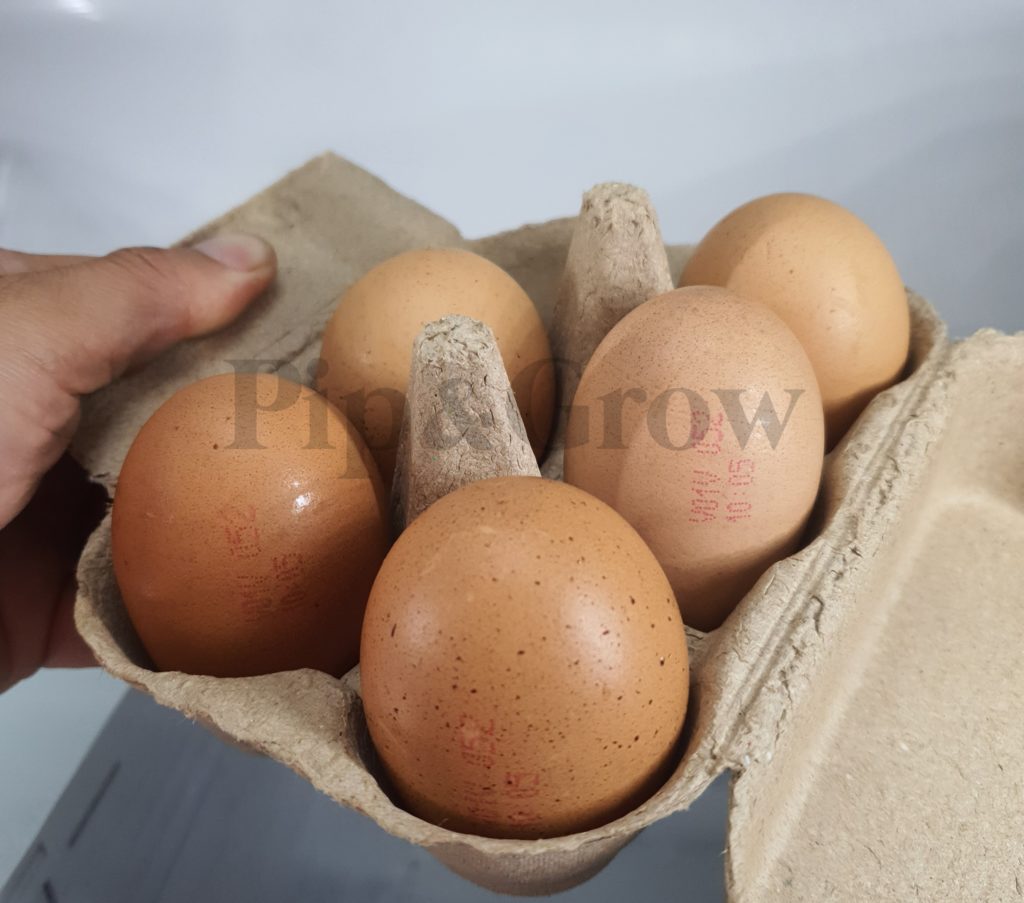
For instance, commercial egg layers typically commence egg production as early as 14 weeks old, sustaining a consistent rate of “an egg a day” until they reach approximately 16-18 months of age. At this point, their egg quality and production start to decline as they undergo the molting process. Following molting, they may resume laying eggs, although not at the same prolific rate as before, and the productivity and quality of their eggs decrease notably after 24 months of age. The average lifespan of commercial layers ranges from 2 to 3 years old, though this can vary based on factors such as breed, management practices, and environmental conditions.
The term “rescue chickens” originated from the practice of rehoming commercial layer hens when they reach approximately 18 months of age. At this point, they start their first moulting, their productivity declines, and the cost of maintaining them becomes higher than the profit margin for farmers. Many commercial and free-range farms have contracts with large companies and sell these hens for a nominal price to be used as a valuable source of animal feed. While there are genuinely warm-hearted individuals working hard to save these birds and provide them with a better life, Unfortunately, there are also “sellers” who buy these birds at a low cost and sell them under the label of “rescue chickens,” often adding a markup to the price. This practice exploits the emotional appeal of the term “rescue” and may not always benefit the birds in the long run.
It’s essential to recognize that the term “rescue” carries strong emotional weight, which can be exploited to encourage people to adopt birds in need. However, it’s crucial to understand that most of these birds are already past their prime and may require medical attention. Adopting these birds can come with its own set of challenges and heartaches.
It makes it even harder, commercial breeds have quiet docile temperaments as they are typically selected for their calm and friendly demeanor towards humans, facilitating handling and management practices in large-scale commercial production settings. However, despite their amiable disposition towards people, they may not exhibit the same level of friendliness towards other chickens, particularly if they were not raised together from a young age. This social dynamic within commercial breed chickens underscores their adaptation to intensive farming environments, where interactions with humans are prioritized over social interactions with fellow chickens. in relation they may not fare as well in free-range or pasture-based environments as they were bred for confinement-based production systems also requires slightly different nutrition based feed to keep up their productivity.
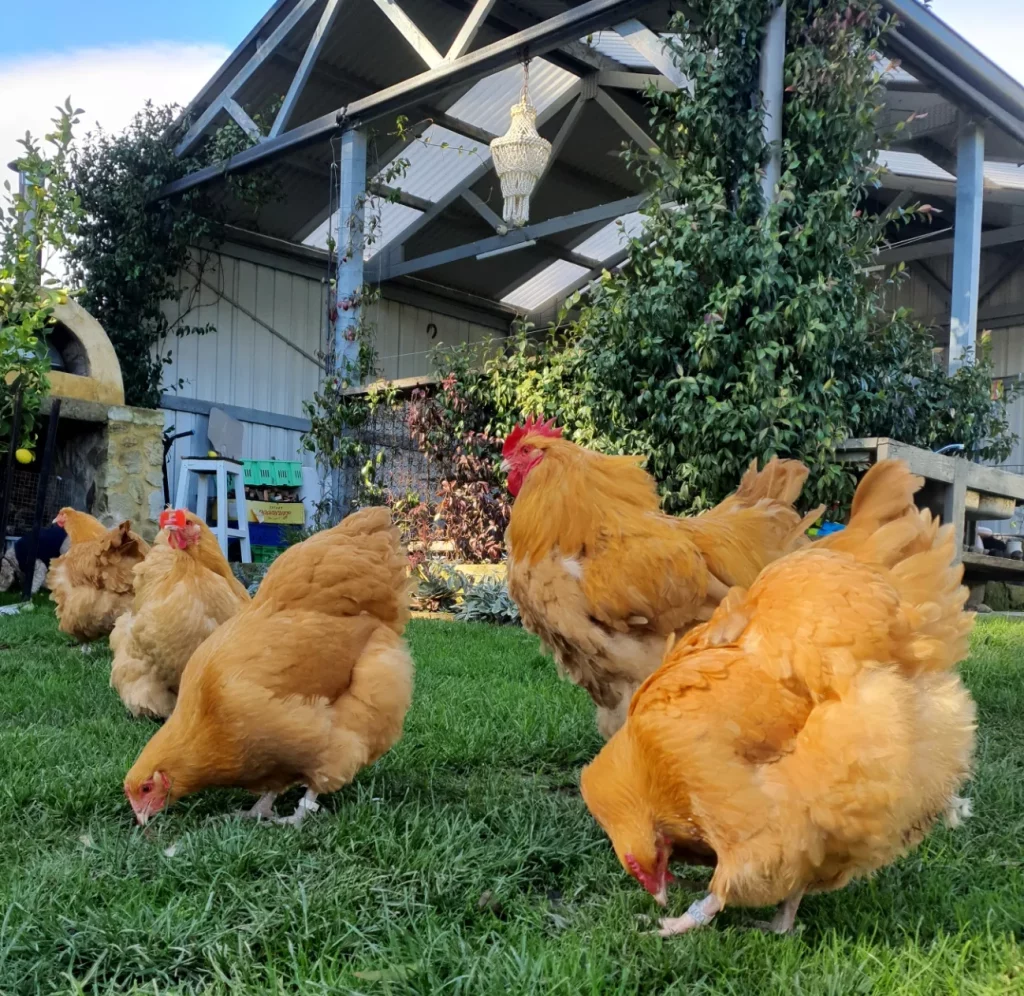
Heritage breed chickens are deeply rooted in traditional agricultural practices and may serve multiple purposes. They are often valued for their ability to thrive in diverse environments, produce flavorful meat, provide colorful eggs, and contribute to conservation efforts by preserving genetic diversity.
They have a broader spectrum of temperaments and behaviors compared to commercial breeds. Some heritage breeds may exhibit more independent behaviors, preferring to forage and explore their surroundings rather than relying solely on human interaction for sustenance. These chickens may demonstrate greater adaptability to free-ranging environments, where they can express natural behaviors such as scratching, dust bathing, and roosting in trees.
Furthermore, heritage breeds may vary in their social dynamics and interactions with both humans and other chickens. While some breeds may be more sociable and enjoy human company, others may be more reserved or aloof. Additionally, heritage breeds often retain instincts for self-sufficiency and predator avoidance, making them well-suited to traditional farming practices and diversified agricultural systems.
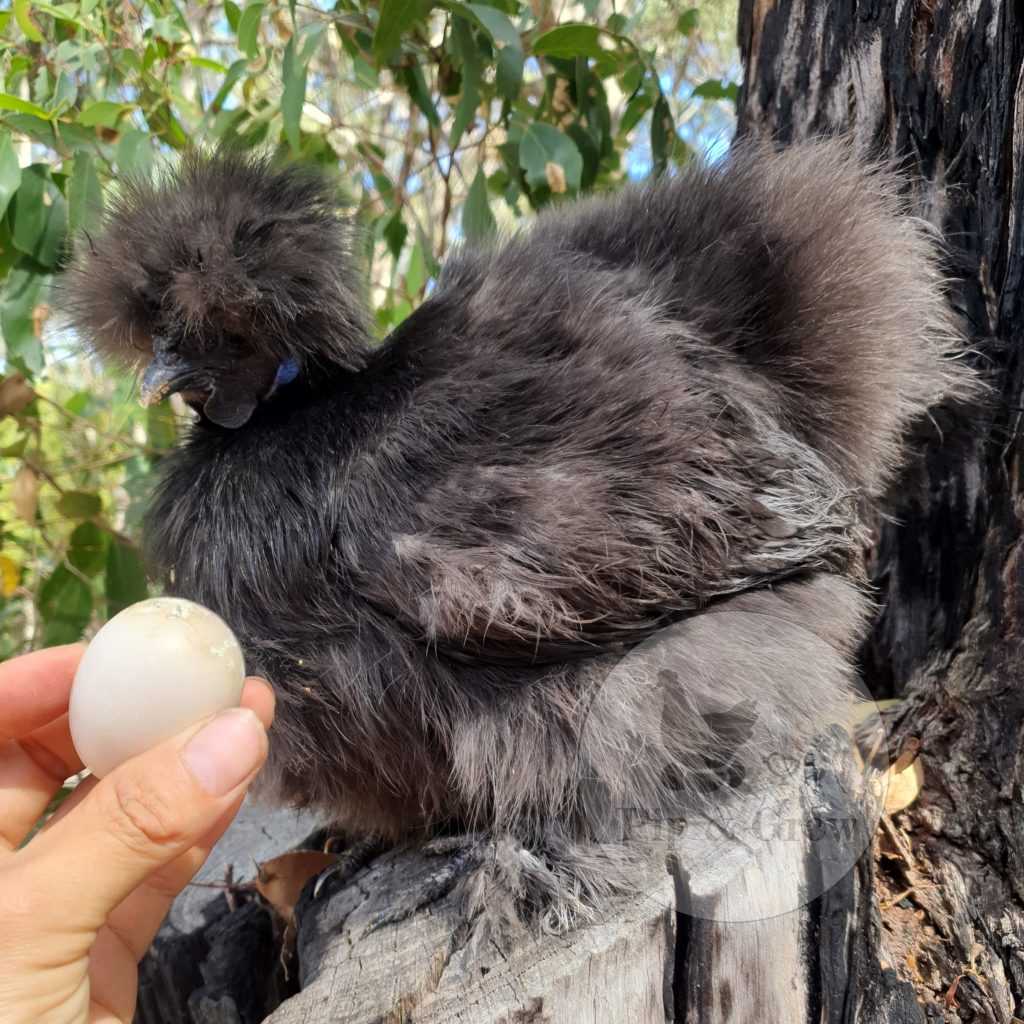
However, heritage breeds are not as specialized as commercial breeds, and their productivity is often lower as a result. Heritage chickens undergo a slower maturation process compared to commercial layers. Typically, the hens begin laying eggs around 6-7 months old, although some large, slow-maturing breeds may start as late as 9 months old. During the laying season, which typically spans from spring to late summer, these hens may lay an egg every day, but realistically, they produce an egg every other day. As autumn approaches and they begin molting, egg production decreases, and they often cease laying eggs during this time, resuming in the spring. Their egg-laying capability remains relatively steady until they reach 4-5 years old, after which it gradually declines. By 5-6 years old, egg production typically decreases further, marking the later stages of their productive years.
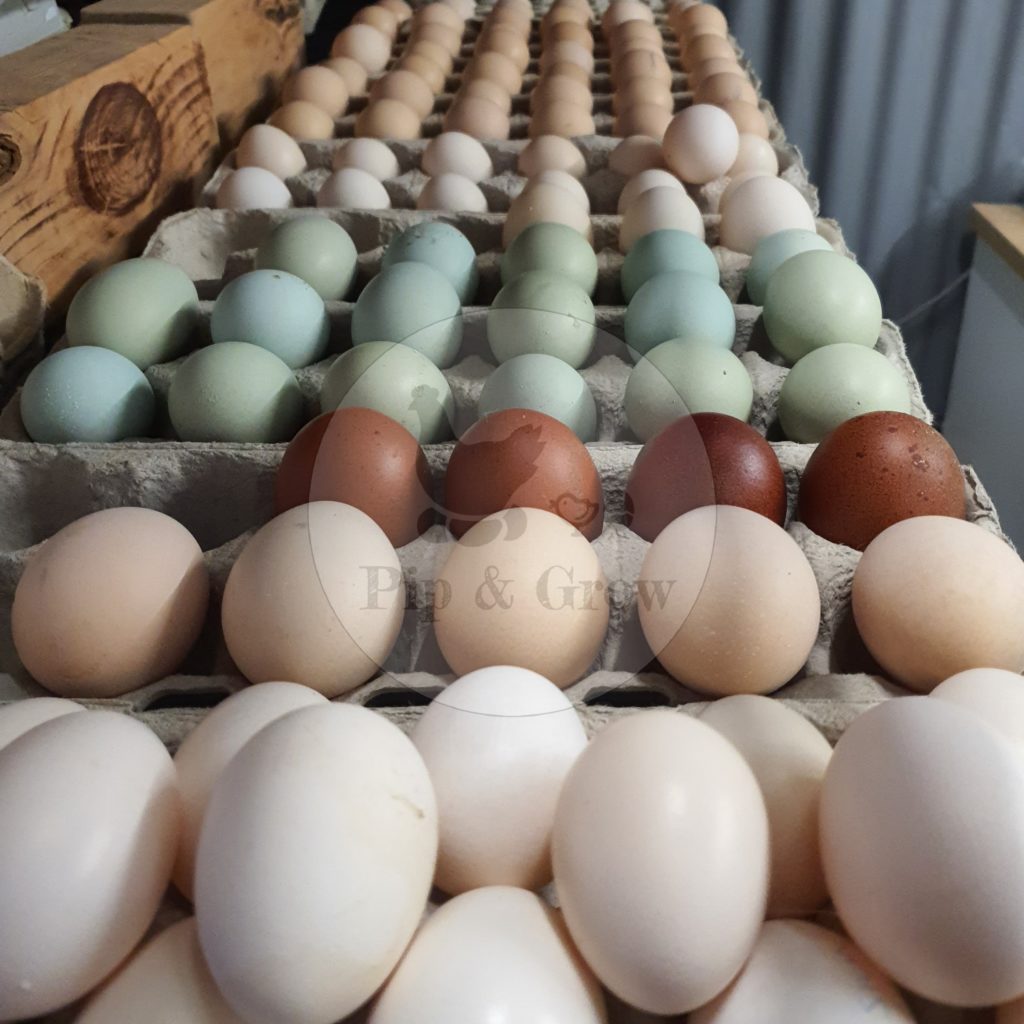
They have evolved over time through natural selection and traditional breeding practices, resulting in greater genetic diversity and variability in traits such as size, color, and behavior. This genetic diversity equips heritage breeds with resilience and adaptability to various environmental conditions and farming systems. With their genetic diversity and slower growth rates, tend to be hardier and more resilient to environmental stressors. They often enjoy longer lifespans and greater overall well-being when raised in suitable conditions.
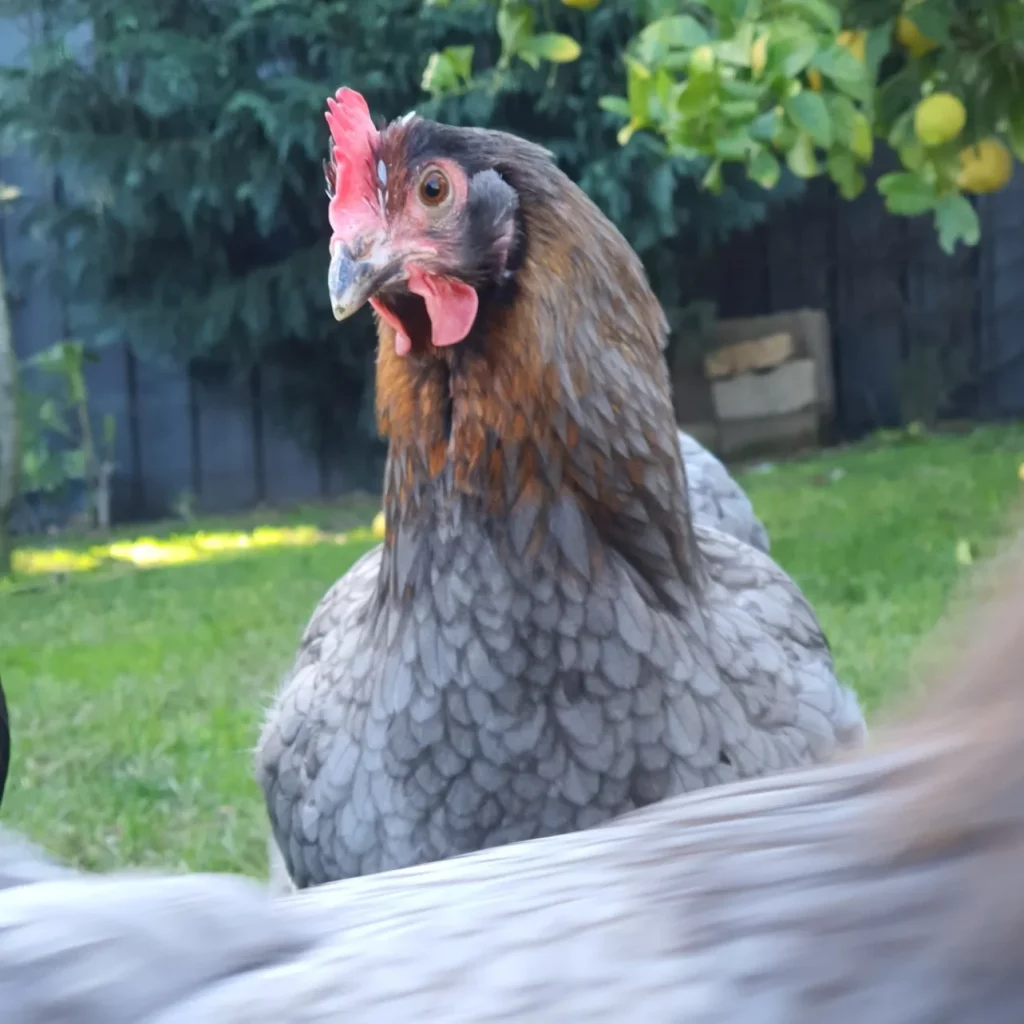
When making the decision between commercial breed chickens and heritage breed chickens, it really comes down to your specific goals and preferences. Are you seeking consistent egg production throughout the year, or do you prioritize a balance between egg and meat production? Do you prefer free-ranging chickens or are you more inclined to keep them in a penned area? Consider how much space you have available and what management style aligns best with your resources. And let’s not overlook the importance of personal enjoyment! Whether you’re captivated by the rich heritage and backstory of traditional breeds or simply appreciate the unique traits and characteristics of different chicken breeds, ultimately, the choice should bring you joy and fulfillment in your chicken-raising journey.
More info – “About the ISA Brown” Written by Fiona McNeill, talks about commercial breed in good depth.
